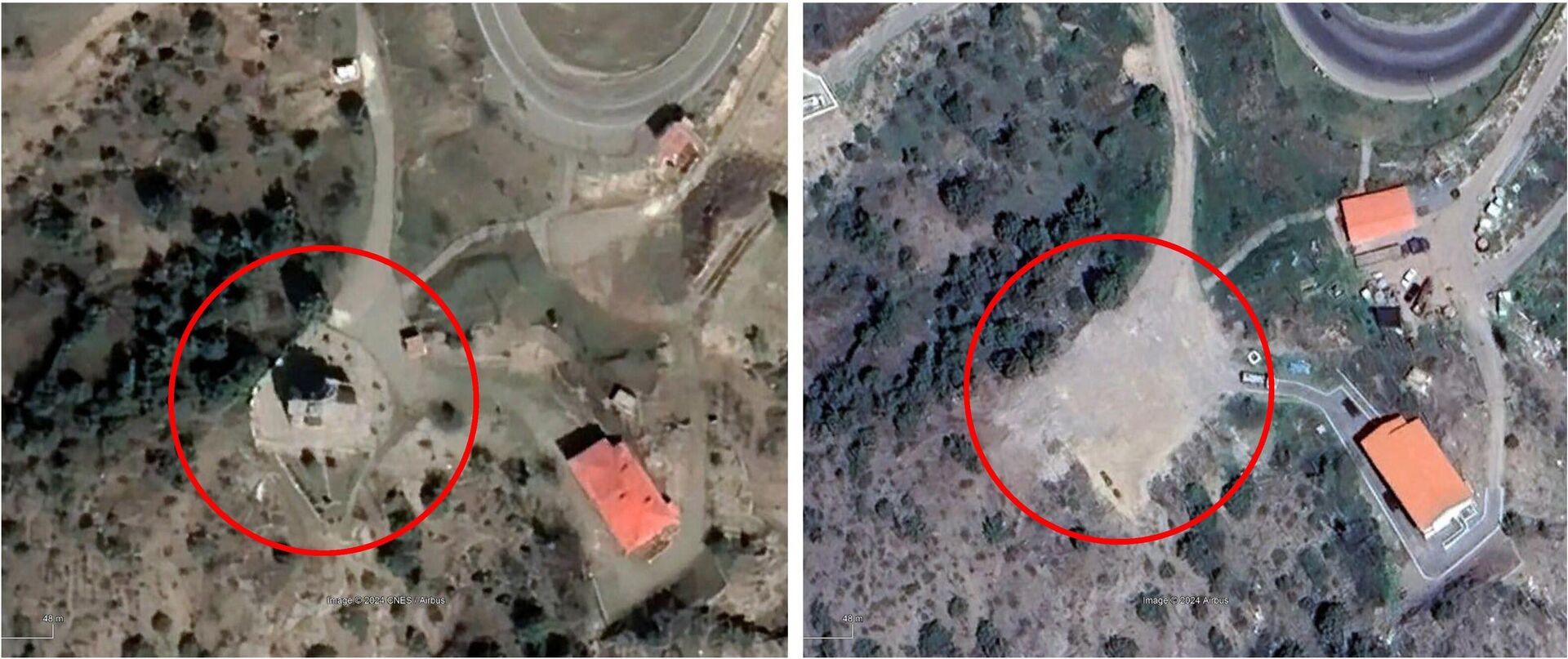The gradual migration and settlement of Armenians in the Garabagh region of Azerbaijan does not cover more than two centuries. During the Khanate period, it is known that Garabagh was one of the well-known corners of Azerbaijan and gained great fame in the world with its historical art and monuments. For example, Shusha was considered the land of Khans at that time. The wonderful appearance of Shusha and the buildings belonging to the khans, which echo to the world through the Jidir plain, give reason to say that these were the ancestral lands of the ancient Azerbaijani Turks.
Rich in greenery, Khankendi and its surrounding areas were grazing grounds for the horses and sheep of beys (nobles) and khans during the Khanate period. During those times, a small number of Armenians who started moving to Garabagh began to live in those areas, shepherding sheep and lambs and tending horses. However, this does not mean that all Armenians are residents of Garabagh. According to some historical data, it is also reported that they mixed with the local community and assimilated.
With the entry of Soviet Bolshevism into the Caucasus region, the Armenians seemed to get an opportunity and sharpened their appetite for Garabagh again and started territorial claims. Thus, a group of Armenians who took refuge under the umbrella of Soviet Bolshevism began to flock to Azerbaijan’s Garabagh.
The First Garabagh War gave Armenia some opportunities. They started to bring migrants from Syria, Lebanon, and other countries to the occupied territories. Not knowing what would happen in 30 years, the previous government of Armenia in the 90s, which promised them a ‘wonderful future’ in foreign lands, pushed the people to indulge in crude dreams - and thus time speaks for itself: Azerbaijan is returning to its ancestral lands.
It is interesting that even though the Armenians left Garabagh willingly, they are trying to leave a false mark of theirs there. Today, the regions of Garabagh that were once occupied are filled with Armenian churches that were built later. This was a historical falsification attack that only Armenians could do.
Thus, monuments built during the Armenian occupation are in no way an object of cultural heritage. Before the occupation of the Lachin region in May 1992, 90 percent of the population of this region of Azerbaijan were Muslim Azerbaijanis and there were no traces of any Armenian churches there.
The attempts of the so-called Armenian experts and specialists to shout out to the whole world with information about the ‘destruction of Armenian cultural monuments’ is just another attempt by the Armenian revanchists to prevent the achievement of reconciliation between the two neighbouring peoples of the South Caucasus.
Everything that the Armenian occupation authorities illegally built and Armenianised during the occupation, relocating Armenian migrants from the countries of the Middle East and Armenia to the occupied territories must be dismantled, regardless of the purpose, since the settlement of the occupied territories by illegal migrants is contrary to international law and was carried out in violation of all conventions. Therefore, it is better for Armenian disinformers to keep quiet and shut up so as not to embarrass themselves.
---
Elnur Enveroglu is AzerNews’ Deputy Editor-in-Chief; follow him on @ElnurMammadli1
Follow us on Twitter @AzerNewsAz

